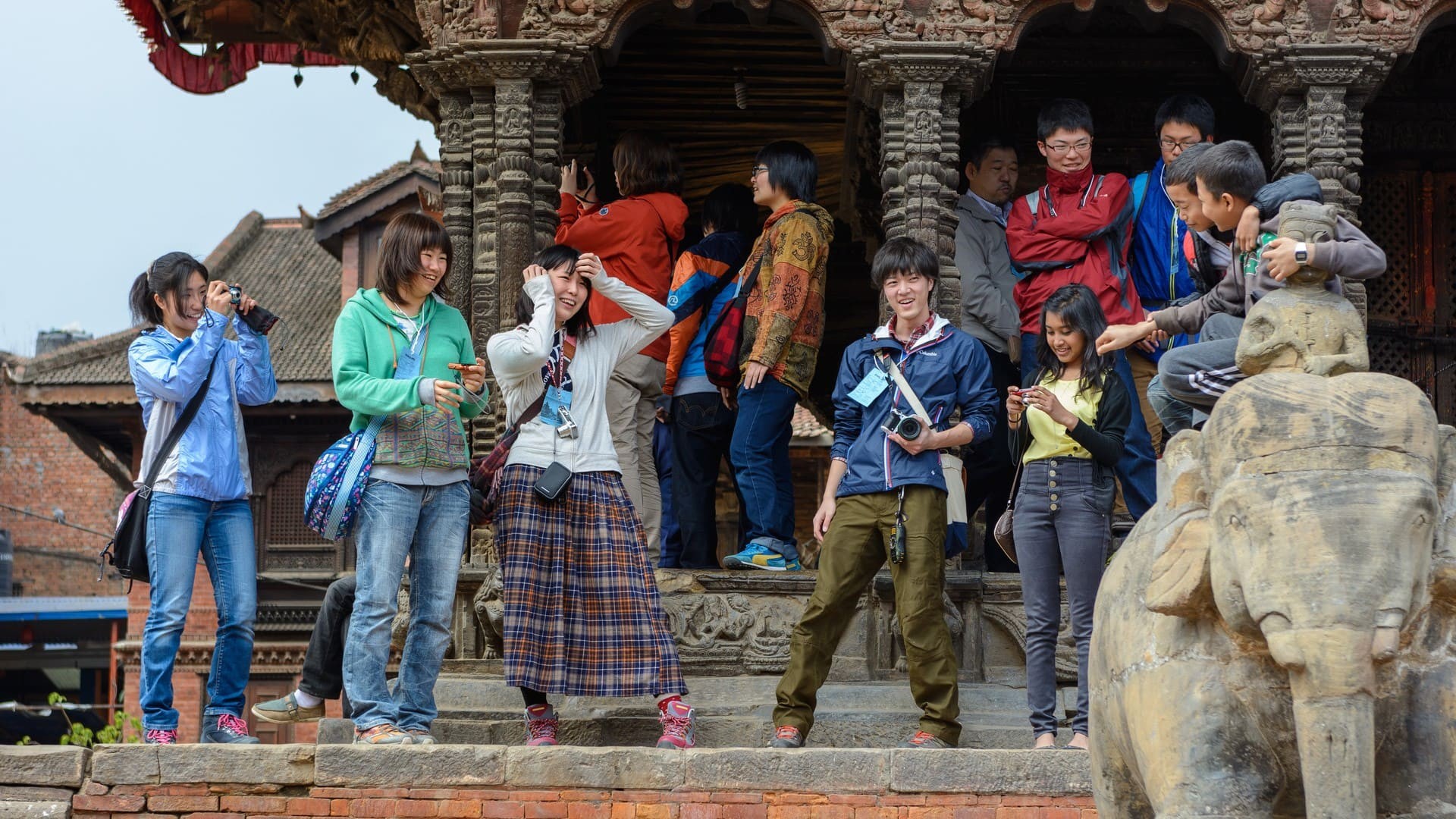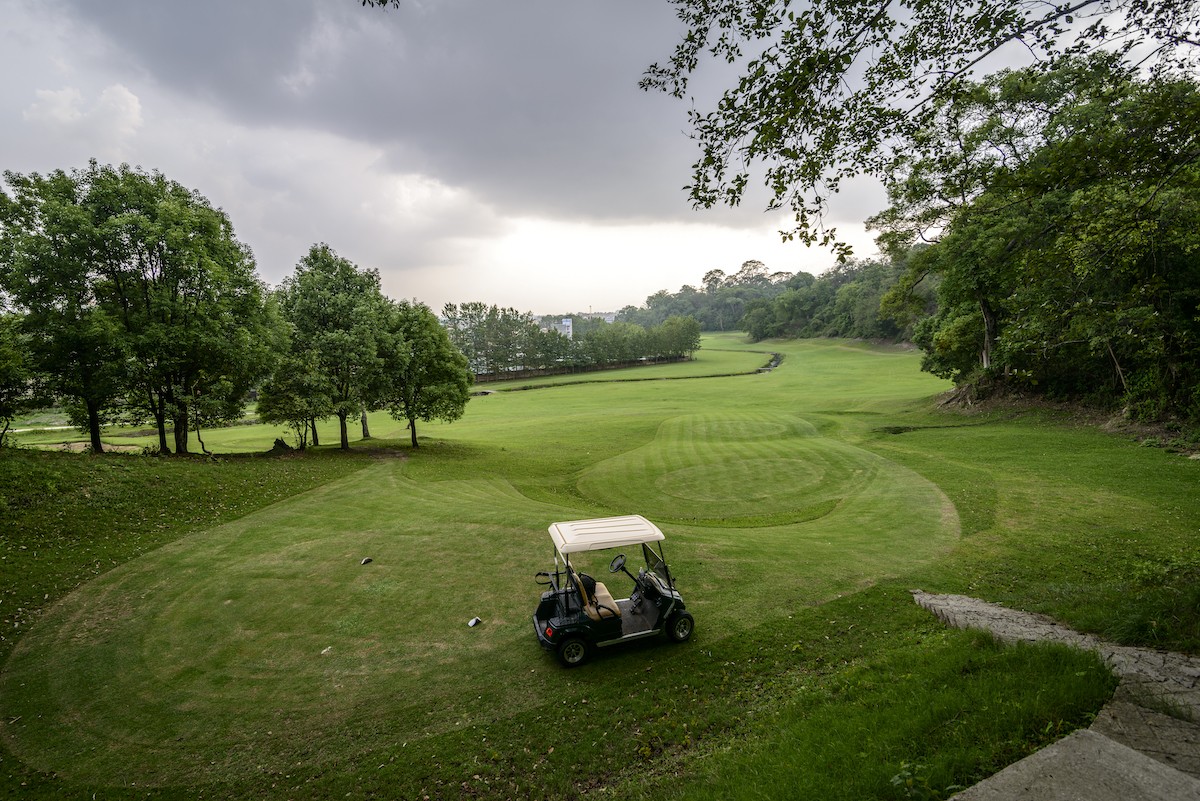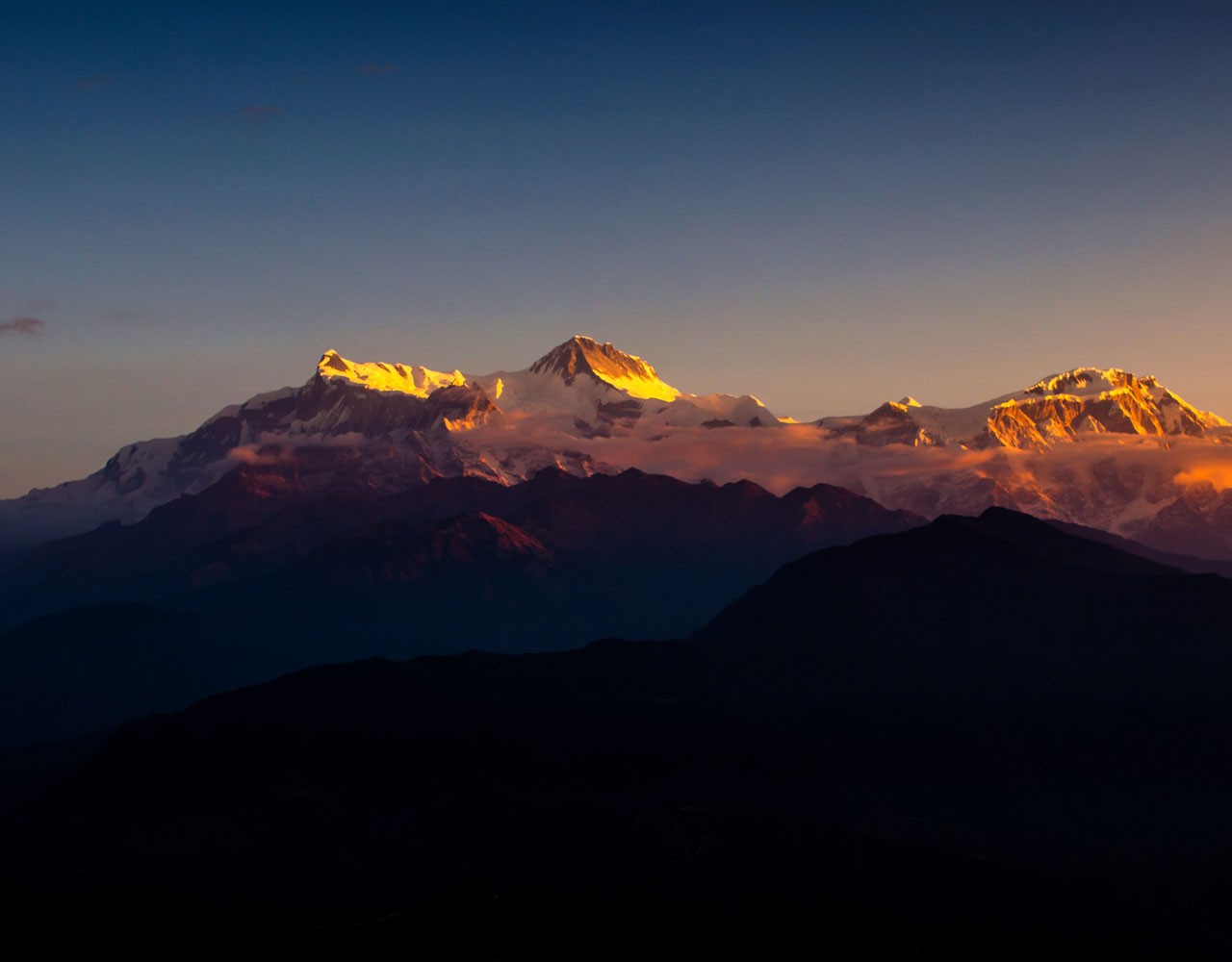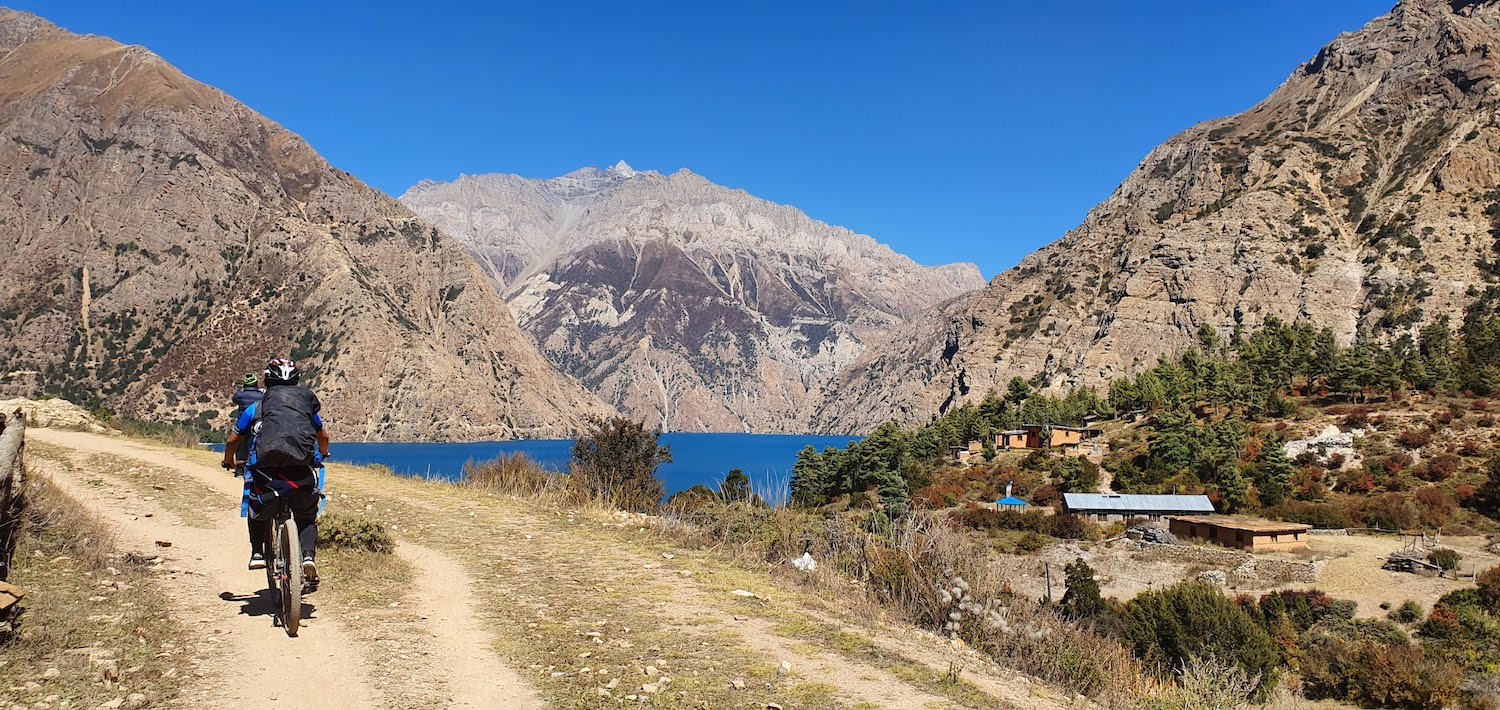-
Places to go
-
Things to do
-
Adventure
Nature
Culture
Wellness
Others
-
-
Festivals & Events
-
Festivals
Event Calendar
-
-
Plan Your Trip
-
Trip Ideas
Travel Details
Book Your Trip
-
- Travel Updates
Kathmandu Valley
Kathmandu Valley comprises the three ancient cities of Kathmandu, Patan and Bhaktapur, which were once independent states ruled by the Malla kings from the 12th to the 18th centuries. The three cities house seven UNESCO World Heritage shrines which are together listed as a UNESCO World Heritage Site (Culture). The valley is also home to hundreds of other exquisite monuments, sculptures, artistic temples and magnificent art - reminders of the golden era in Nepal’s architecture.
Legend has it that the valley was once a primordial lake ringed by verdant mountains. In this pristine lake lived giant serpents until one fine day, saint Manjushree, the Bodhisatva, raised a mighty sword and in one fell swoop, cut open the side of a mountain at a place now known as Chobar. The voluminous water of the lake gushed out, leaving behind a fertile valley capable of supporting large urban settlements over the millennia. The Gopala and Kirati dynasties were the earliest rulers here followed by the Licchavi (300-879 A.D.), under whom flourished trade and crafts.
-1629268758.jpg?p=main&s=b3847c37be12bf9f4f4a45ca10aecc96)
But the valley’s remarkable cities with their ornate palaces, the superbly crafted pagodas, and the monumental stupas are testimony of the artistic genius of the Newars, the original inhabitants of the valley, whose skills were championed by the Malla kings and appreciated even by the Mongol rulers of 18th century China.
CLIMATE
Kathmandu Valley is blessed by a temperate climate. The temperature does not exceed 34 degrees Celsius even during the scorching summer months and does not drop below 3 degrees Celsius in winter.
ACCESS/ ACCOMMODATION
One can directly fly into the Tribhuvan International Airport in the Kathmandu Valley. One can ride buses or drive to Kathmandu from border towns and other parts of the country. There are five-star hotels, resorts to moderate accommodations with modern amenities available in and around Kathmandu Valley.
Nepal Tourism Board is a national tourism organization of Nepal established in 1998 by an Act of Parliament in the form of partnership between the Government of Nepal and private sector tourism industry to develop and market Nepal as an attractive tourist destination. The Board provides platform for vision-drawn leadership for Nepal’s tourism sector by integrating Government commitment with the dynamism of private sector.

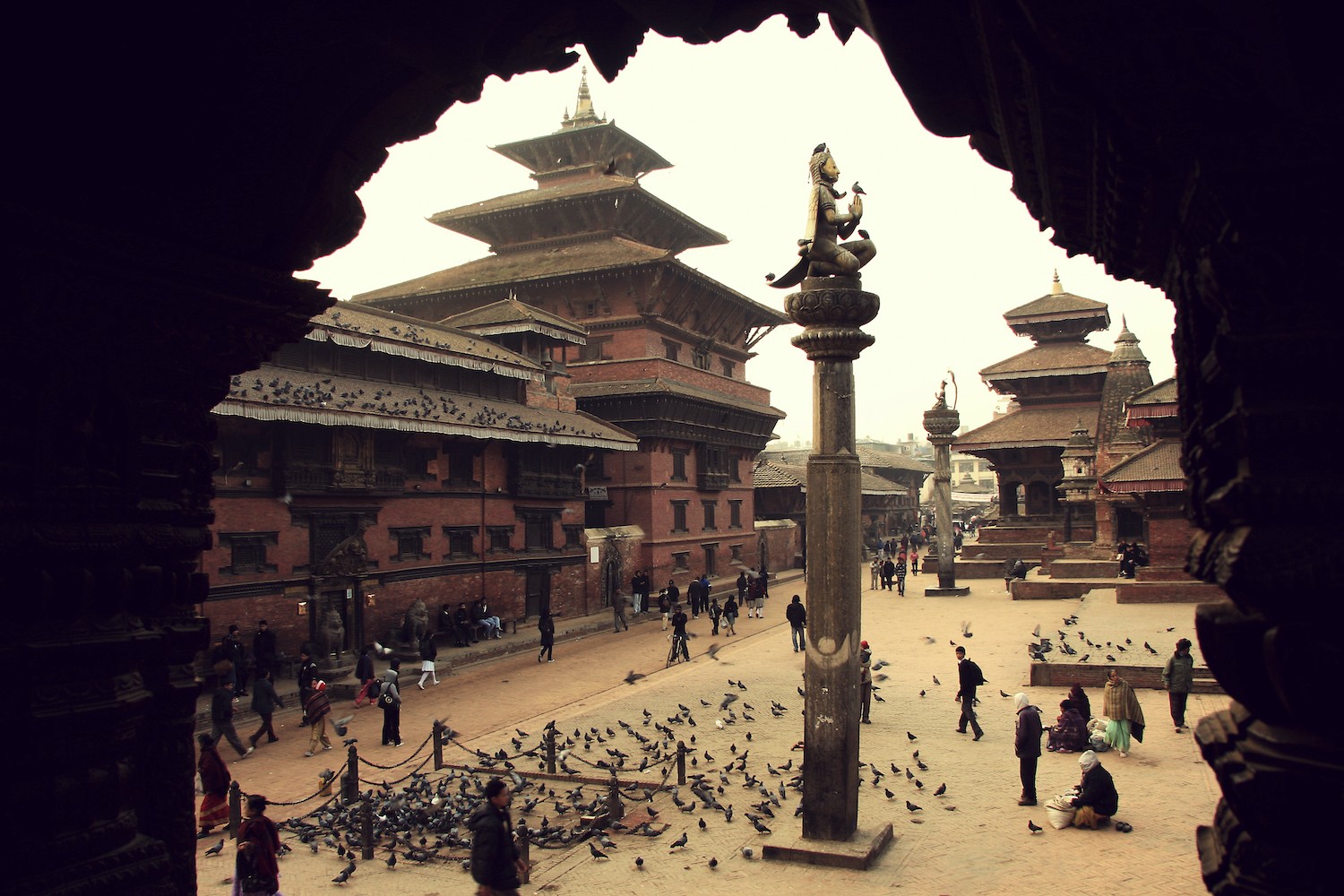
-1629279885.jpg?p=main&s=f1c36019fd5b633a66d4e30e6bea3236)
